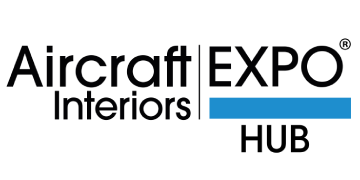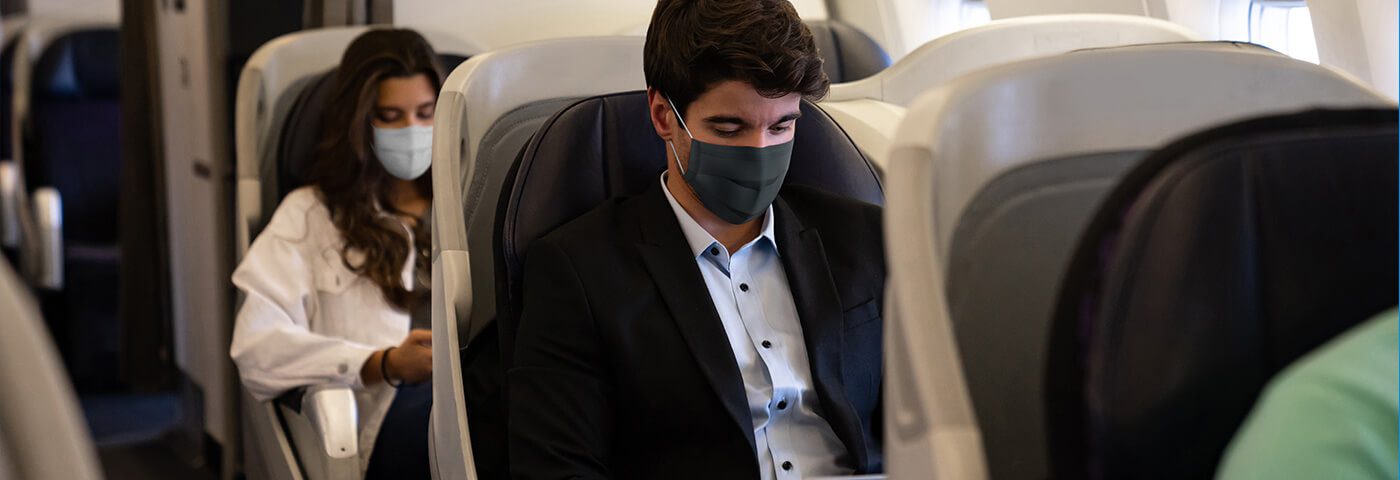Aviation professionals know all too well the impact of the global pandemic. Travel restrictions, a decline in demand for air travel and new quarantine conditions have forced many airlines to ground fleets and significantly scale back operations, with the hardest-hit being forced to shut down entirely.
While this isn’t the first time the aviation industry has been profoundly impacted by global events, the scale and duration of the pandemic, which created months of volatile conditions, has led to an unprecedented crisis unlike any seen in the industry’s modern history.
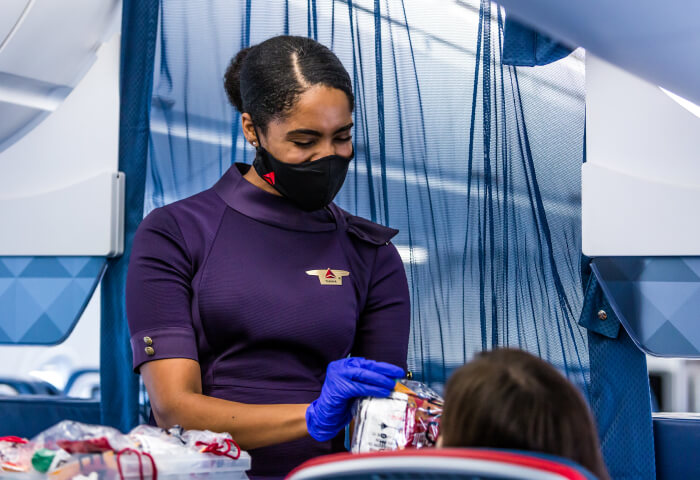
A balancing act of safety and profitability
Airlines now face a need to reassure and redesign the passenger experience to rebuild confidence and get passengers – and planes – back into the air. This requires a greater understanding of how customer expectations have changed, as well as the operational and financial implications of these shifts.
Here, the importance of finding innovative solutions to the arising challenges of the ‘new normal’ – such as increased scrutiny of hygiene and cleaning processes – cannot be overlooked. In fact, in a tumultuous time with such economic uncertainty, airlines must take every opportunity to protect their fleet, operations and bottom line.
So, how are airlines preparing for recovery and how will this redesign the passenger experience of the future?
Sanitisation and the future of cabin safety
As the industry looks ahead to the recovery phase and begins to focus on returning to the skies, passenger confidence will be driven by heightened cleaning and hygiene practices.
To combat the spread of the virus and reassure passengers, airlines like Delta, Southwest and United have been quick to implement new cleaning standards. This includes the use of electrostatic disinfectants which apply a uniform coating of sanitiser or disinfectant on sprayed objects, including hard-to-reach areas. This efficient method of sanitisation is proven to minimise cleaning times by up to 40 per cent and combats several infectious diseases, including coronaviruses. Additionally, surfaces are safe to touch almost immediately after applying the solution – within two minutes of dwell time – reducing the time between cleaning the cabin and passengers boarding, reports SimpleFlying.
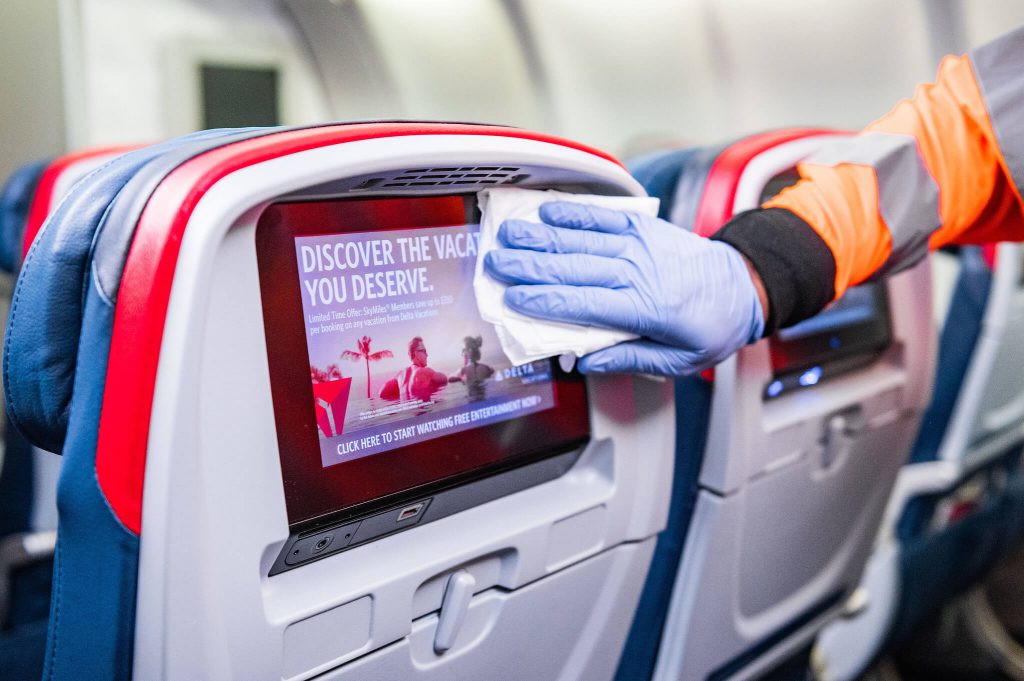
“Providing a clean and healthy flying experience goes beyond meeting customer expectations, it’s part of our commitment to safety,” said Delta airport customer service and cargo SVP, Eric Phillips. “Our customers can fly with confidence knowing that, on every Delta flight, the cabin has been sanitized top to bottom, interior surfaces and common areas have been thoroughly cleaned and Delta team members have confirmed the aircraft meets our cleanliness standards before boarding ever begins.”
American Airlines has also upgraded its commitment to safety by adding a new electrostatic spraying solution that is said to be the ‘first-ever long-lasting product to help fight the spread of the coronavirus’. Elsewhere, JetBlue announced a pilot program with Honeywell to test an ultraviolet (UV) light system that sweeps the cabin in about 10 minutes without the use of chemical disinfectants.
Swiss regional carrier, Helvetic Airways is another that recently began trailing an enhanced cabin cleaning service. The proof of concept, developed by Uveya, a Switzerland-based technology company, and dnata, one of the world’s largest air services providers, uses UV-C rays to disinfect the interior of the aircraft, ensuring the safety and wellbeing of passengers and crew.
Communication is key
Advances in cleaning processes and HEPA air filters are undoubtedly keeping cabins safe for passengers and crew on board. However, communicating these efforts will be critical in paving the way for a quick recovery once operations fully return. At the start of the pandemic, many airlines were quick to promote their health and safety protocols, providing passengers with an exclusive look at the steps taken to safeguard the cabin before they step onboard.
Among those to profile their enhanced cleaning efforts, Alaska Airlines demonstrated its ‘Next-Level Care’ in a promotional video that outlines more than 100 new actions implemented to give passengers peace of mind when they fly. Virgin Atlantic also shared an exclusive look behind the scenes of its efforts to clean its aircraft.
Alaka Air has used humour to advertise its safety procedures.
Speaking about how COVID-19 has impacted the cleaning process, Anthony Bryant, Manager of Virgin Atlantic Cabin Appearance and Cleaning, said: “We already had a really robust and thorough cleaning process in place, which was a good starting point. As the pandemic took hold, we were able to adapt quickly and ensure our procedures were strengthened. Our service providers worked with us to deliver an uncompromising cleaning regime that ensures everyone can travel safe in the knowledge that their aircraft has been cleaned, disinfected and sanitised.”
Recognisable partnerships
While behind-the-scenes videos demonstrate the enhanced steps taken by airlines, increased partnership with recognisable consumer brands is helping to further elevate awareness. United launched United CleanPlus℠, in partnership with manufacturer and marketer of consumer and professional products Clorox to redefine its cleaning and disinfection procedures. In the UK, British Airways announced a partnership with hygiene brand Dettol as part of the airline’s “ongoing commitment to help keep its customers and colleagues safe.”
As flights resume, passengers may not see the cleaning teams in action while waiting at the gate, but as these efforts demonstrate, airlines are seeking solutions that enhance cabin safety and in turn, are taking the steps to drive awareness through proactive communications to inform and reassure.
Accelerating a touchless transformation
Onboard, an accelerated touchless transformation is changing how passengers interact with cabin facilities. Before the pandemic, the aviation sector was already in the midst of a digital transformation, and with a heightened focus on touchless access to onboard services, airlines and suppliers to the industry are responding to the pressure to accelerate these initiatives.
Suppliers have been quick to announce new product launches that meet the challenges of the ‘new normal’ and help airlines create seamless, touchless experiences onboard. Among them, a new ‘Ready to Fly’ range from Thales InFlyt Experience provides airlines with an easy upgrade path to enable passengers to safely control the in-seat IFE system with their phone or tablet, profiled by Runway Girl. While the ‘Welcome Onboard Collection’ from Panasonic Avionics Corporation uses smarter “less touch” technology. This includes an Onboard Reader to digitise print publications and a Companion App to integrate passengers’ personal devices into the IFE experience.
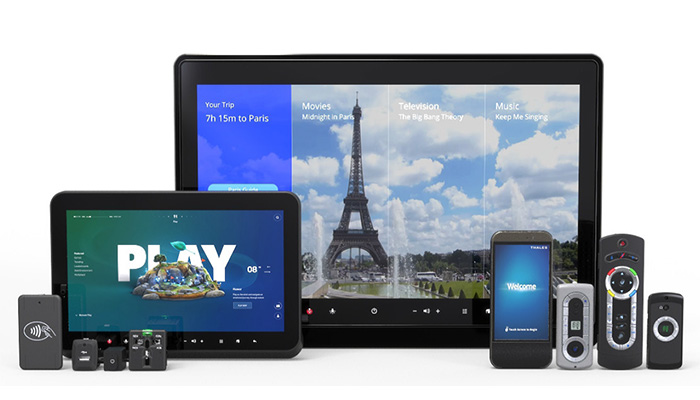
In September 2020, Troy Brunk, President of Collins Aerospace, commented that “anything onboard an aircraft with a touchpoint is under careful review to find out how we can either reduce the need for touch entirely or, where touchless is impossible, how we can make that particular area as hygienic as possible through the use of anti-microbial materials, disinfectants or other cleaning agents.”
In February 2021, Qatar Airways announced that its passengers would soon be able to access its onboard IFE catalogue through their own devices. While Safran Cabin and Safran Passenger Solutions are reviewing lavatories and common touchpoints in the galley. In onboard lavatories, touchless faucets and flush buttons are among the items being developed and provided by the company. In addition to improving the cleanliness of commonly used areas onboard, the sensing system is said to reduce water consumption, creating a win-win for airlines and the environment.
A more agile, passenger-centric future
While there is continued uncertainty on a timeline for returned travel, and pressure on worldwide Governments support to protect the aviation industry, what is clear is that the future of the passenger experience will be driven by a greater need for transparency and social responsibility. By helping passengers understand the steps taken to keep them safe, and facilitate new ways to access popular onboard services, confidence in resuming travel will return. The good news for airlines is that suppliers across the sector are mobilising to make this a possibility and fast.
